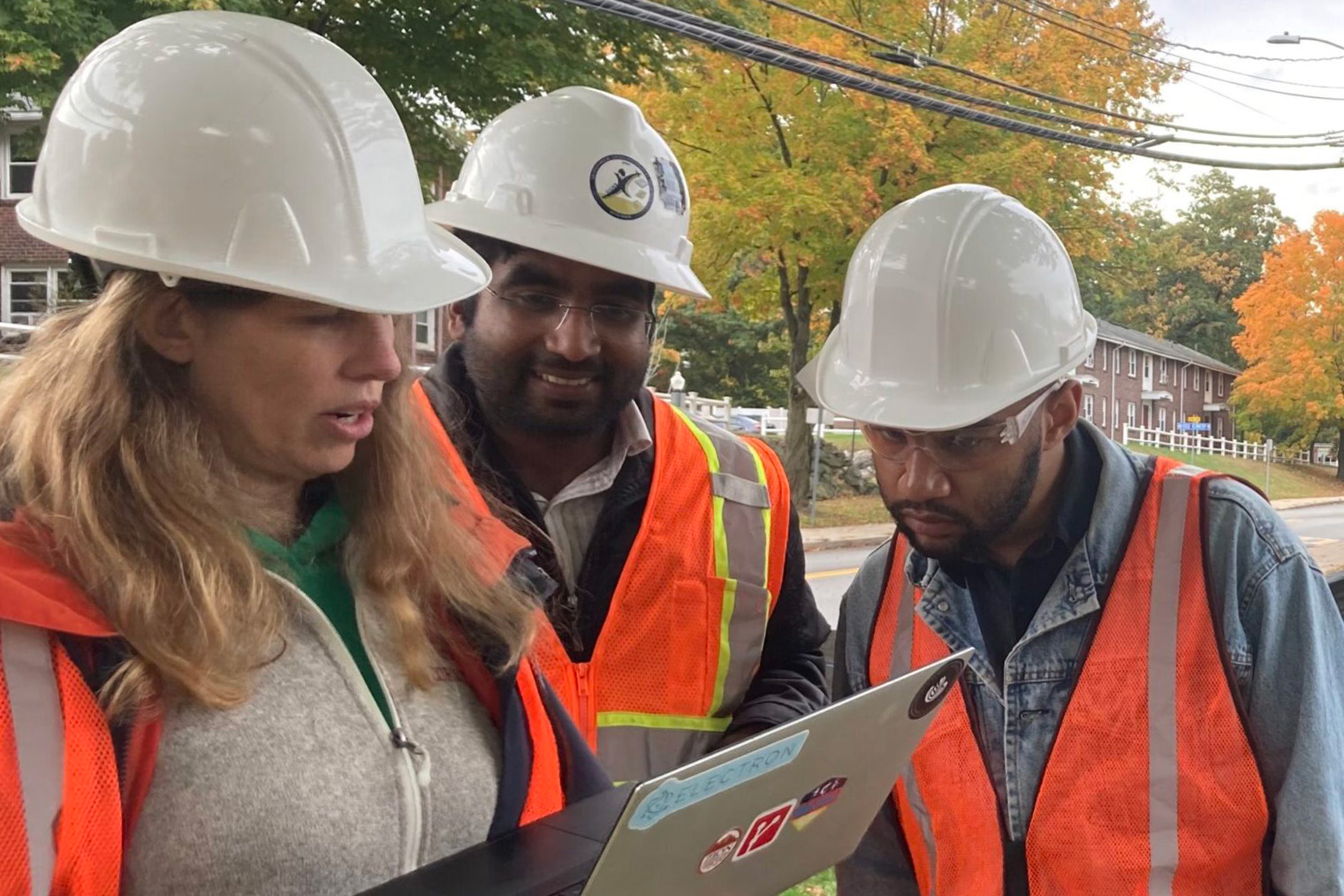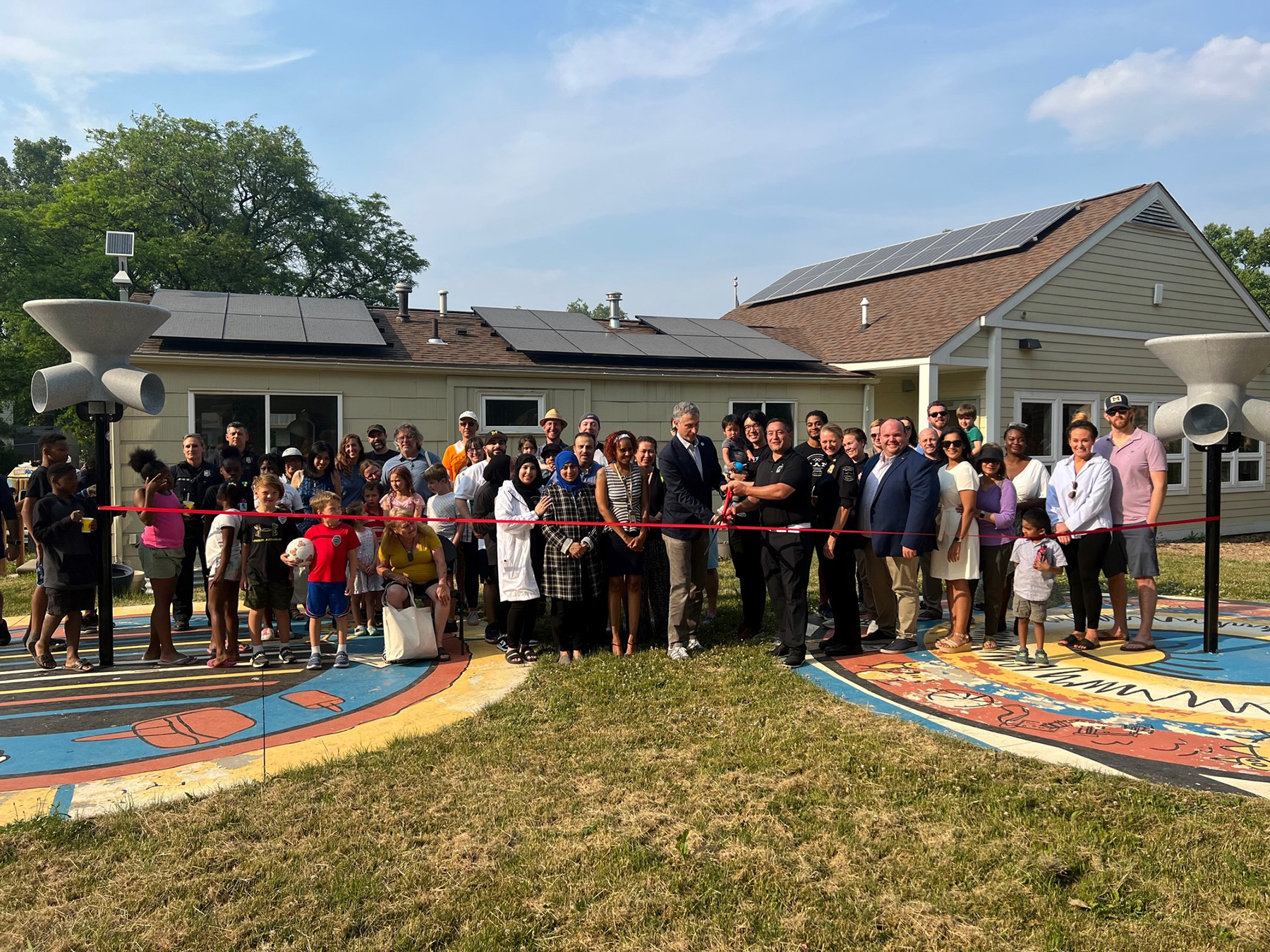What drives the choice of ownership model?
Here, we simplify characteristics of five common and emerging ownership structures: municipal utilities, co-op utilities, investor-owned utilities, single-owner properties (such as college campuses), and private developers.
But these are not rigid categories. Our case studies find that in the real world, many TENs combine aspects of different models.
- Investor-owned utility
- Municipal utility
- Co-op utility
- Campus, business, or institution
- Private developer
Governance & decision-making
Regulated by state utility commission*
Corporate governance with regulatory oversight
*Where states have given authority to PUCs to regulate TENs
Financial structure & business models
Profits to shareholders
Sets user rates, subject to regulatory approval
Spreads and amortizes costs long-term
Access to capital
Electric efficiency savings accrue to electric utility ratepayers
Operational attributes
Large scale
Maintains existing workforce; large employer
Established processes to build, operate & maintain complex infrastructure
Access to utility rights-of-way
Conducts outreach for system buy-in
Can improve project economics by transitioning leak-prone gas pipelines or avoiding electric infrastructure investment
Case Study: Framingham, Massachusetts
Governance & decision-making
May be regulated by state utility commission
Representative governance and decision-making (via elected officials)
Financial structure & business models
Not-for-profit
Sets user rates
Access to tax base, capital, grants and bond funding
May have inexpensive city-owned thermal resources (e.g., wastewater treatment)
Electric efficiency savings accrue to electric customers and overall municipal energy costs
Operational attributes
Local scale
Likely to require additional technical expertise
Familiarity with shared infrastructure
May operate as a utility or establish a local development corporation
Conducts outreach for system buy-in
Can coordinate with other municipal projects to improve project economics
Case Study: Ann Arbor, Michigan
Case Study: Edmonton, Alberta
Governance & decision-making
May be regulated by state utility commission
Self-governance with democratic decision-making (one member, one vote)
Financial structure & business models
Not-for-profit or for-profit
Sets member rates
Access to capital
Can spread costs across members and time
Returns excess margins to members as capital credits
Electric efficiency savings distributed to members, potentially accelerating ROI
Operational attributes
Local scale
May require additional technical expertise
Maintains existing skilled workforce
Established co-ops have familiarity with shared infrastructure
Members can self-select into system
Follows cooperative principles
Case Study: West Union, Iowa,while municipally owned, is governed by a user group with similarities to a co-op model.
Governance & decision-making
Not regulated by state utility commission
Centralized decision-making among owner(s)
Financial structure & business models
Infrastructure investments are typically a capital expense
Can amortize costs over the long term
Electric efficiency savings accrue to owner, providing direct financial benefits
Operational attributes
Limited scale
May require additional technical expertise and workforce
Owners select system
Governance & decision-making
Not regulated by state utility commission
Corporate governance; executive team makes operational decisions
Financial structure & business models
Profits to owners, investors
Sets user rates or fees within development; responsive to market
Limited ability to depreciate costs over useful life
Access to capital
Electric efficiency savings accrue to electric customers, potentially improving project economics (if developer pays electric bills)
Operational attributes
Limited scale
Likely brings workforce and expertise
Familiarity with developing infrastructure
Few governmental constraints
Users self-select into system
Typically develops TENs in new construction; can improve project economics
Case Study: Whisper Valley, Texas
- Investor-owned utility
- Municipal utility
- Co-op utility
- Campus, business, or institution
- Private developer
Governance & decision-making
Regulated by state utility commission*
Corporate governance with regulatory oversight
*Where states have given authority to PUCs to regulate TENs
Financial structure & business models
Profits to shareholders
Sets user rates, subject to regulatory approval
Spreads and amortizes costs long-term
Access to capital
Electric efficiency savings accrue to electric utility ratepayers
Operational attributes
Large scale
Maintains existing workforce; large employer
Established processes to build, operate & maintain complex infrastructure
Access to utility rights-of-way
Conducts outreach for system buy-in
Can improve project economics by transitioning leak-prone gas pipelines or avoiding electric infrastructure investment
Case Study: Framingham, Massachusetts
Governance & decision-making
May be regulated by state utility commission
Representative governance and decision-making (via elected officials)
Financial structure & business models
Not-for-profit
Sets user rates
Access to tax base, capital, grants and bond funding
May have inexpensive city-owned thermal resources (e.g., wastewater treatment)
Electric efficiency savings accrue to electric customers and overall municipal energy costs
Operational attributes
Local scale
Likely to require additional technical expertise
Familiarity with shared infrastructure
May operate as a utility or establish a local development corporation
Conducts outreach for system buy-in
Can coordinate with other municipal projects to improve project economics
Case Study: Ann Arbor, Michigan
Case Study: Edmonton, Alberta
Governance & decision-making
May be regulated by state utility commission
Self-governance with democratic decision-making (one member, one vote)
Financial structure & business models
Not-for-profit or for-profit
Sets member rates
Access to capital
Can spread costs across members and time
Returns excess margins to members as capital credits
Electric efficiency savings distributed to members, potentially accelerating ROI
Operational attributes
Local scale
May require additional technical expertise
Maintains existing skilled workforce
Established co-ops have familiarity with shared infrastructure
Members can self-select into system
Follows cooperative principles
Case Study: West Union, Iowa,while municipally owned, is governed by a user group with similarities to a co-op model.
Governance & decision-making
Not regulated by state utility commission
Centralized decision-making among owner(s)
Financial structure & business models
Infrastructure investments are typically a capital expense
Can amortize costs over the long term
Electric efficiency savings accrue to owner, providing direct financial benefits
Operational attributes
Limited scale
May require additional technical expertise and workforce
Owners select system
Governance & decision-making
Not regulated by state utility commission
Corporate governance; executive team makes operational decisions
Financial structure & business models
Profits to owners, investors
Sets user rates or fees within development; responsive to market
Limited ability to depreciate costs over useful life
Access to capital
Electric efficiency savings accrue to electric customers, potentially improving project economics (if developer pays electric bills)
Operational attributes
Limited scale
Likely brings workforce and expertise
Familiarity with developing infrastructure
Few governmental constraints
Users self-select into system
Typically develops TENs in new construction; can improve project economics
Case Study: Whisper Valley, Texas
Ownership Case Studies

Case Study: Whisper Valley, Texas

Case Study: Framingham, Massachusetts

Case Study: Ann Arbor, Michigan

Case Study: Edmonton, Alberta
BDC
Part of our TENs ownership models case study series.
Thermal Energy Networks (TENs)

Case Study: West Union, Iowa
BDC
Part of our TENs ownership models case study series.
Thermal Energy Networks (TENs)

Case Study: Edmonton, Alberta

Case Study: West Union, Iowa
More Ownership Resources
How To Develop A Thermal Energy Network, Vermont Community Thermal Networks
A team of Vermont energy experts and local leaders developed this toolkit to help communities bring TENs to their neighborhoods. It reviews and compares municipal, cooperative, and third-party ownership pathways, and describes how those choices can influence financing, cost recovery, opportunities, and challenges.
Large-Scale Thermal Studies and Learnings, NYSERDA
The New York State Energy Research and Development Authority developed a series of resources on “community heat pumps,” or TENs. Here, they offer step-by-step resources particularly for city planners, municipal water or sewer managers, campus facility operators, or real estate developers.
